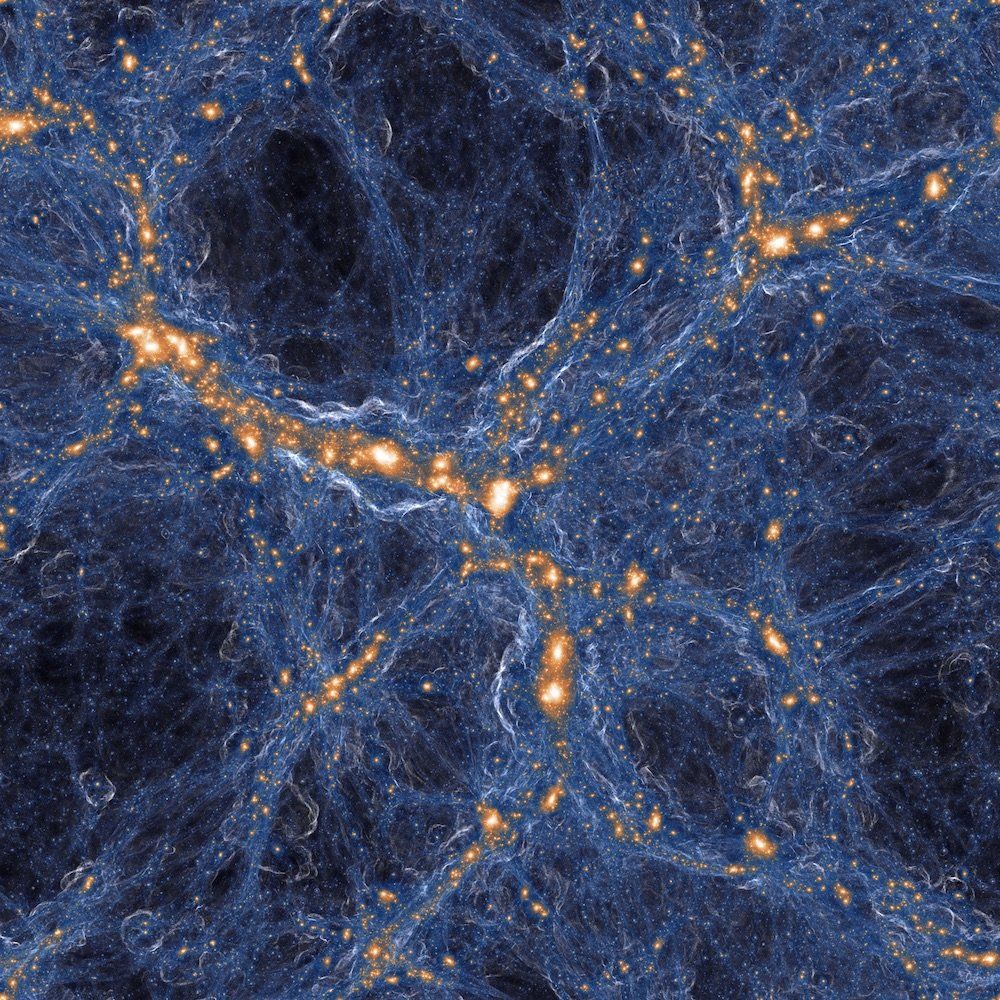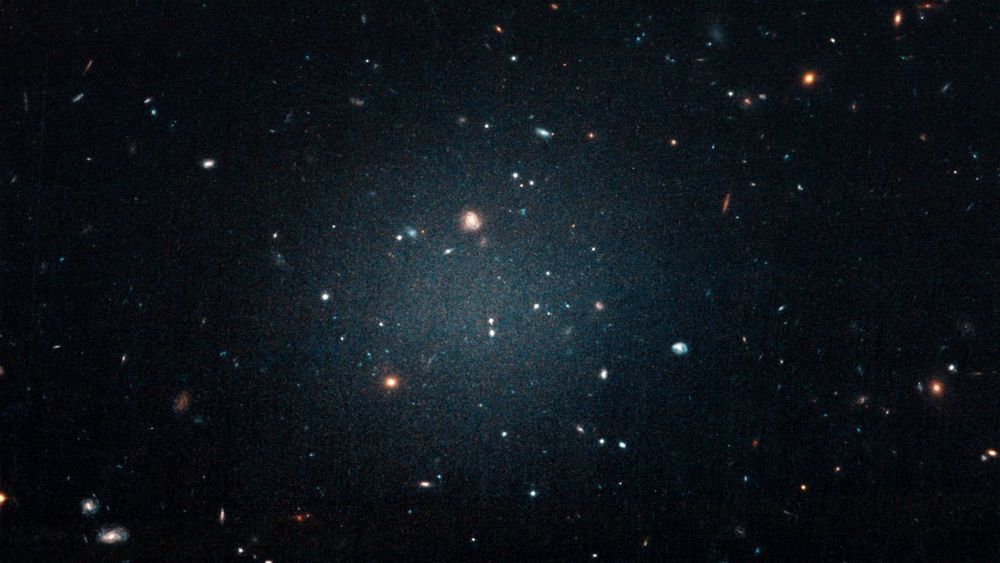Research says that giant, rotating black holes would give interstellar travelers a smooth ride.
Let us know if you try!
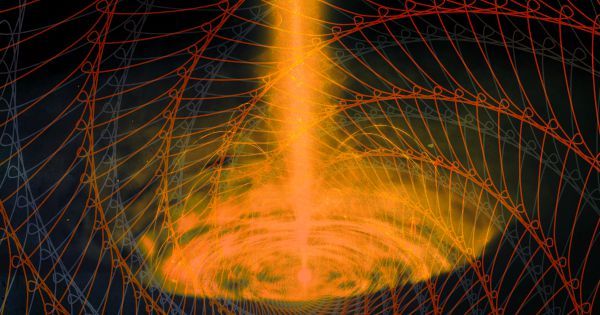
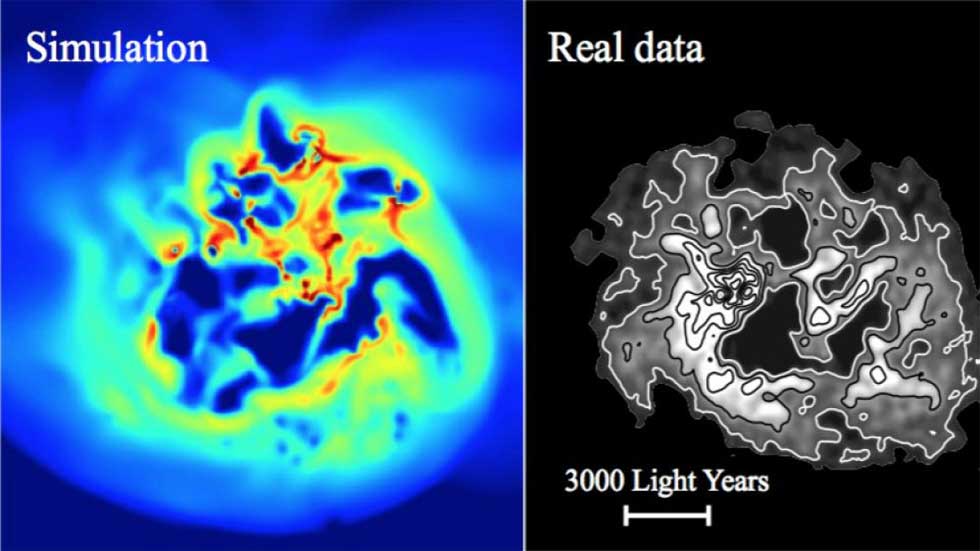
Scientists have been researching dark matter for years in an attempt to better understand the universe. Researchers have now found evidence that dark matter can be heated up and moved around as a result of star formation in galaxies. These findings are the first observational evidence for the effect called “dark matter heating.”
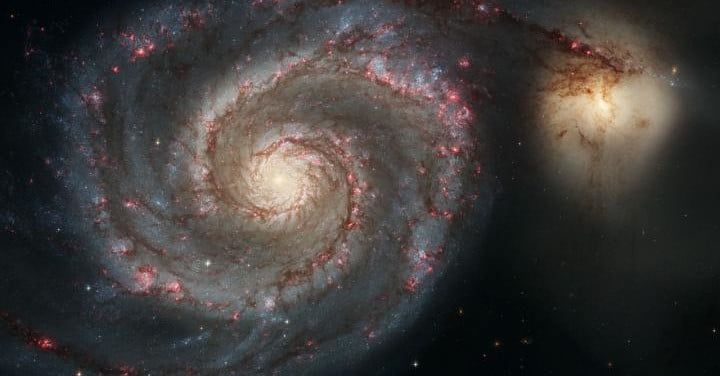
The Milky Way is under threat: new research from astrophysicists at Durham University, UK, suggests that the Large Magellanic Cloud (LMC) will dramatically collide with our galaxy in two billion years’ time.
It was previously predicted that the Milky Way would collide with the nearby galaxy of Andromeda in between four billion and eight billion years’ time, turning both galaxies into one combined giant elliptical galaxy. But now it seems that long before that collision happens, the Milky Way will be impacted by the LMC, the brightest satellite galaxy of the Milky Way which currently sits around 163,000 light-years from us.
The new prediction, published in Monthly Notices of the Royal Astronomical Society, was made once it was discovered that the LMC has nearly twice as much dark matter as previously believed, meaning that it has a much larger mass than was expected which affects the way that it interacts with other nearby galaxies. The increased mass means that the LMC is losing energy at a high rate and will inevitably collide with the Milky Way.
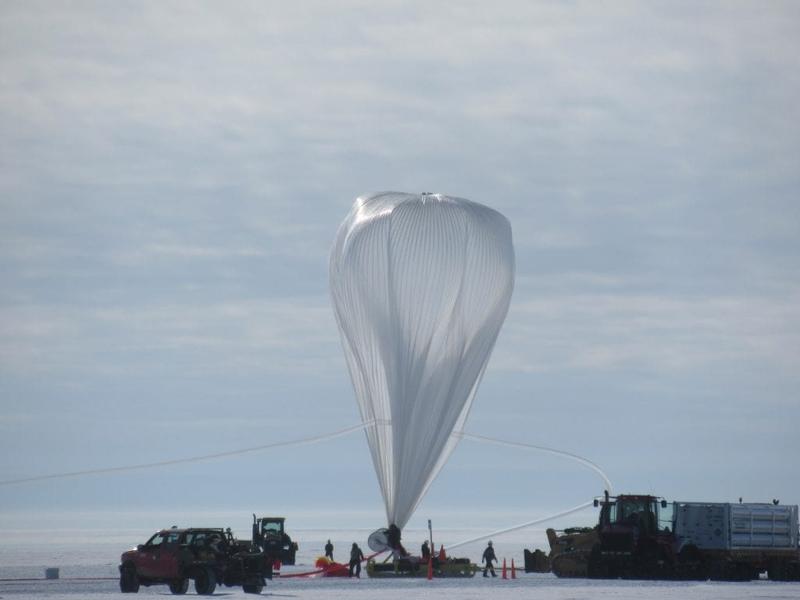
Just before the new year, a Washington University professor was among a group of scientists who launched a telescope from Antarctica that could observe bright, massive objects in space, like black holes.
The international team of researchers, which included Wash U physics professor Henric Krawczynski, wanted to collect data on black holes and neutron stars, a very dense collapsed core of a giant star.
Studying such celestial phenomena helps astrophysicists test the fundamental laws of physics, Krawczynski said.

Exotic dark matter theories. Gravitational waves. Observatories in space. Giant black holes. Colliding galaxies. Lasers. If you’re a fan of all the awesomest stuff in the universe, then this article is for you.

Scientists in Europe and the United States face an uncertain political landscape in the new year, which could affect funding and collaborations. The threat is most acute in the United Kingdom, which plans to exit the European Union in March but has not settled on the terms of its departure. Some big research findings could share the headlines, however, including the first clear images of the supermassive black hole at the heart of our galaxy, from astronomers in an international collaboration called the Event Horizon Telescope. Science’s news staff forecasts other areas of research and policy likely to make news this year.
Science’s news editors and writers predict this year’s biggest developments.

